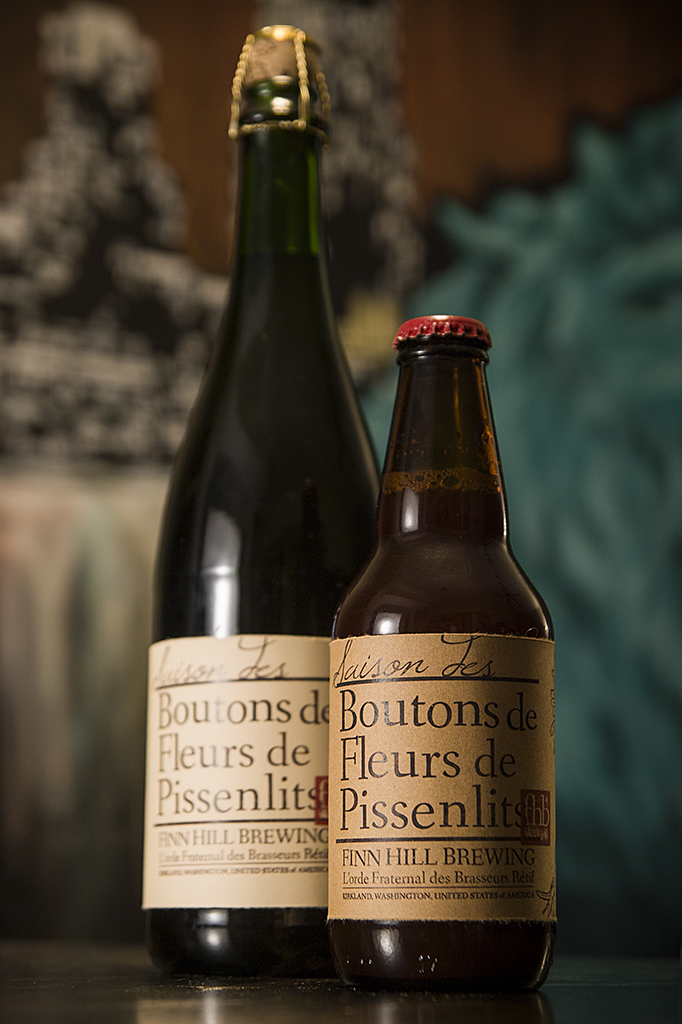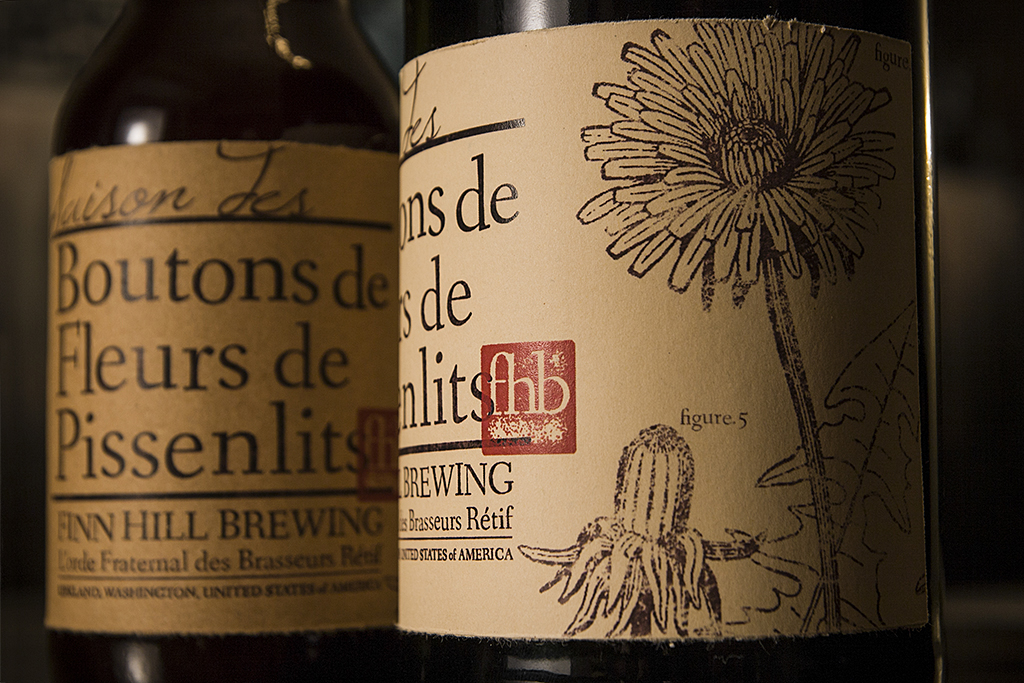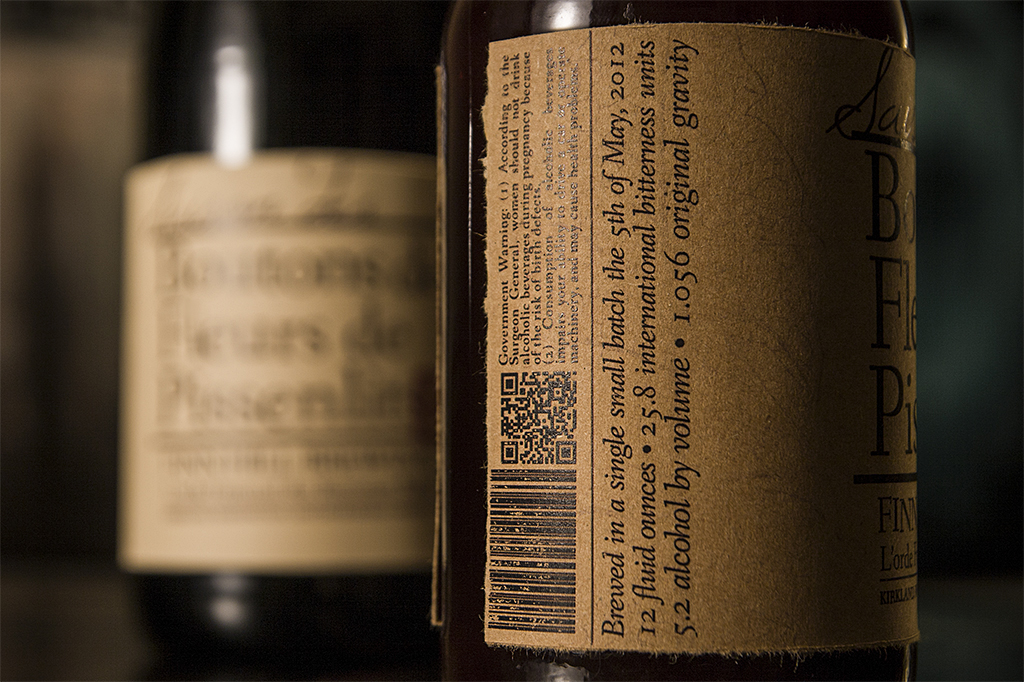BeerTools.com Login Trouble
October 13, 2012
Dear Bob,
We would like to apologize for any trouble you experienced logging in at BeerTools.com. Technical details aside, it involved some trouble with files on the web server that hosts BeerTools.com and we believe the issue is resolved. If you were inconvenienced by the inaccessibility of your recipes please accept our sincere apologies. We value you as a visitor to BeerTools.com and hope to see you there again soon!
Sincerely,
BeerTools Staff
BeerTools.com
Then I started looking at the content. All the graphics in it are tracking beacons that point back to some website called rs6.net. The links that say "BeerTools.com" actually go to http://r20.rs6.net/tn.jsp?[queryString] The queryString part of each web address is a long string of seemingly nonsense characters that identify exactly who I am, and why I clicked on it.
It seems odd that the links to BeerTools in my email from BeerTools don't actually go to BeerTools. they go to rs6.net instead. So, who the hell is rs6.net? There is an Internet service called "whois" and it will tell you:
Administrative Contact:
Domain Administrator
Constant Contact, Inc.
1601 Trapelo Road Suite 329
Waltham MA 02451
www.constantcontact.com/index.jsp?cc=TEM_BusLet_003
"The domain rs6.net is used by the email marketing provider Constant Contact as the root domain for certain links embedded in email campaigns sent on behalf of our customers." Well, that's interesting. Constant Contact is a click-through sort of like tinyURL, but it's for designed for tracking those click-throughs rather than just redirecting you.
How does this all work? Let's say you get a 'helpful' email from BeerTools (really Constant Contact), you open your email and your email client is set to display the graphics. A call is made back to rs6.net, and they track the fact that you were interested enough to open the email. After that info goes into their database, they send your graphics back to be displayed in the 'helpful' email. They probably get paid some small amount by BeerTools at this point. As a bonus, you might be a candidate for some targeted marketing some time soon.
If you click on the link in the 'helpful' email that says "BeerTools.com" your request goes to r20.rs6.net and they read the queryString. Again part of that info goes into their database, and the rest is used to redirect you to BeerTools.com. They probably get paid some larger amount by BeerTools at this point and you're probably a great candidate for some targeted marketing.
Nice. Not as bad as a pedophile with a "lost puppy" on the playground, but not an actual solution for my non-existent login problem either. Oh look! Every other bit of brewing software in the world suddenly got more appealing when compared to BeerTools, and the chance of me ever buying anything from BeerTools is approaching zero.





